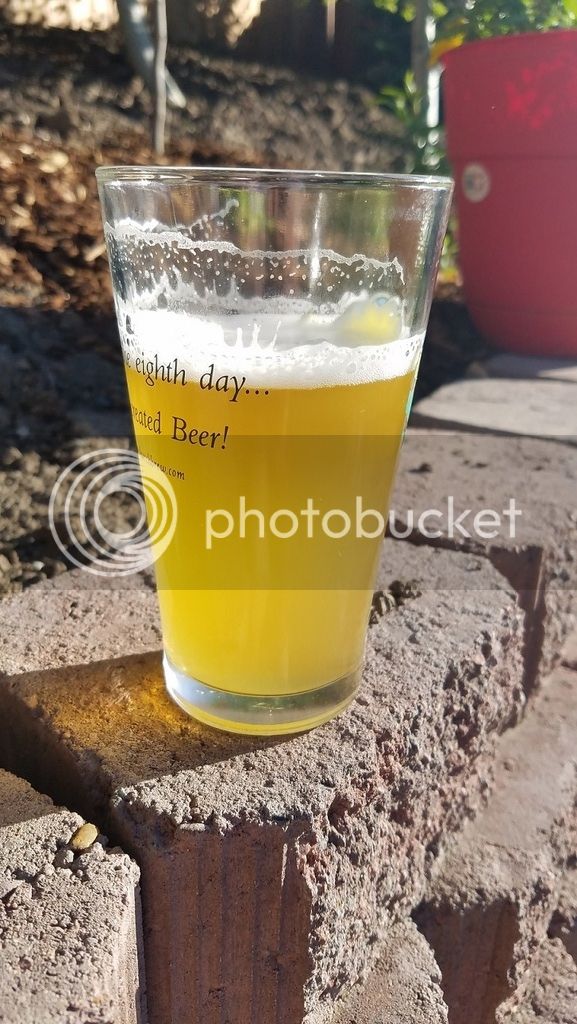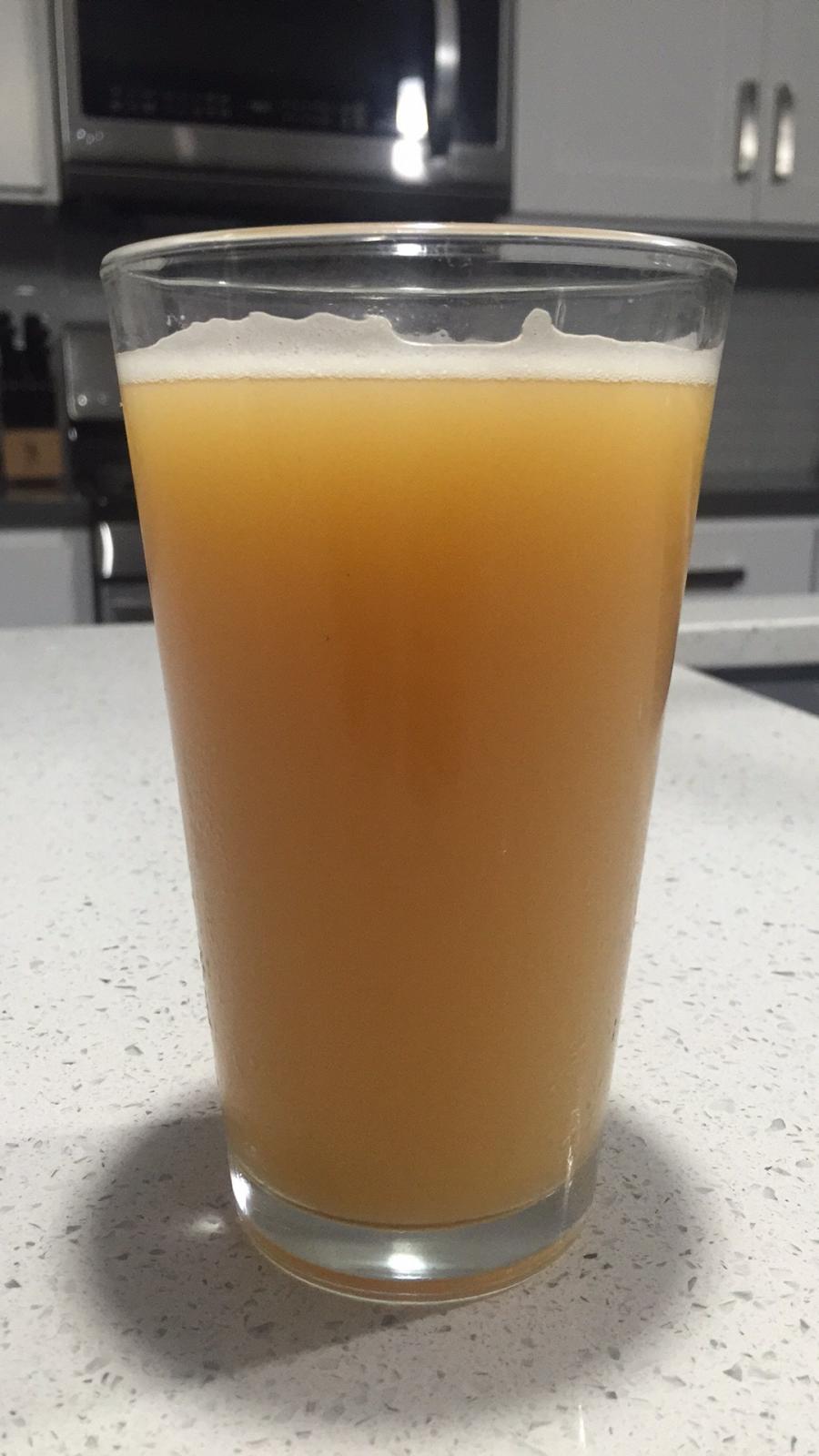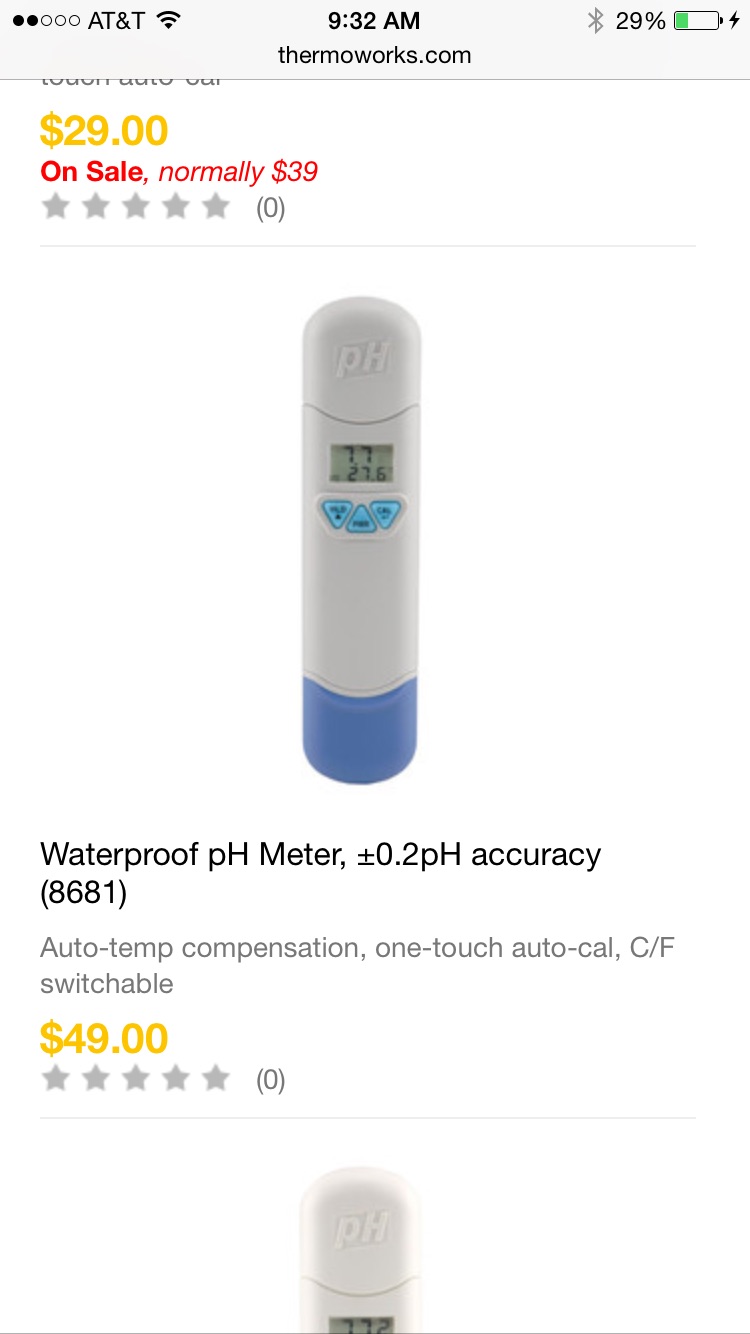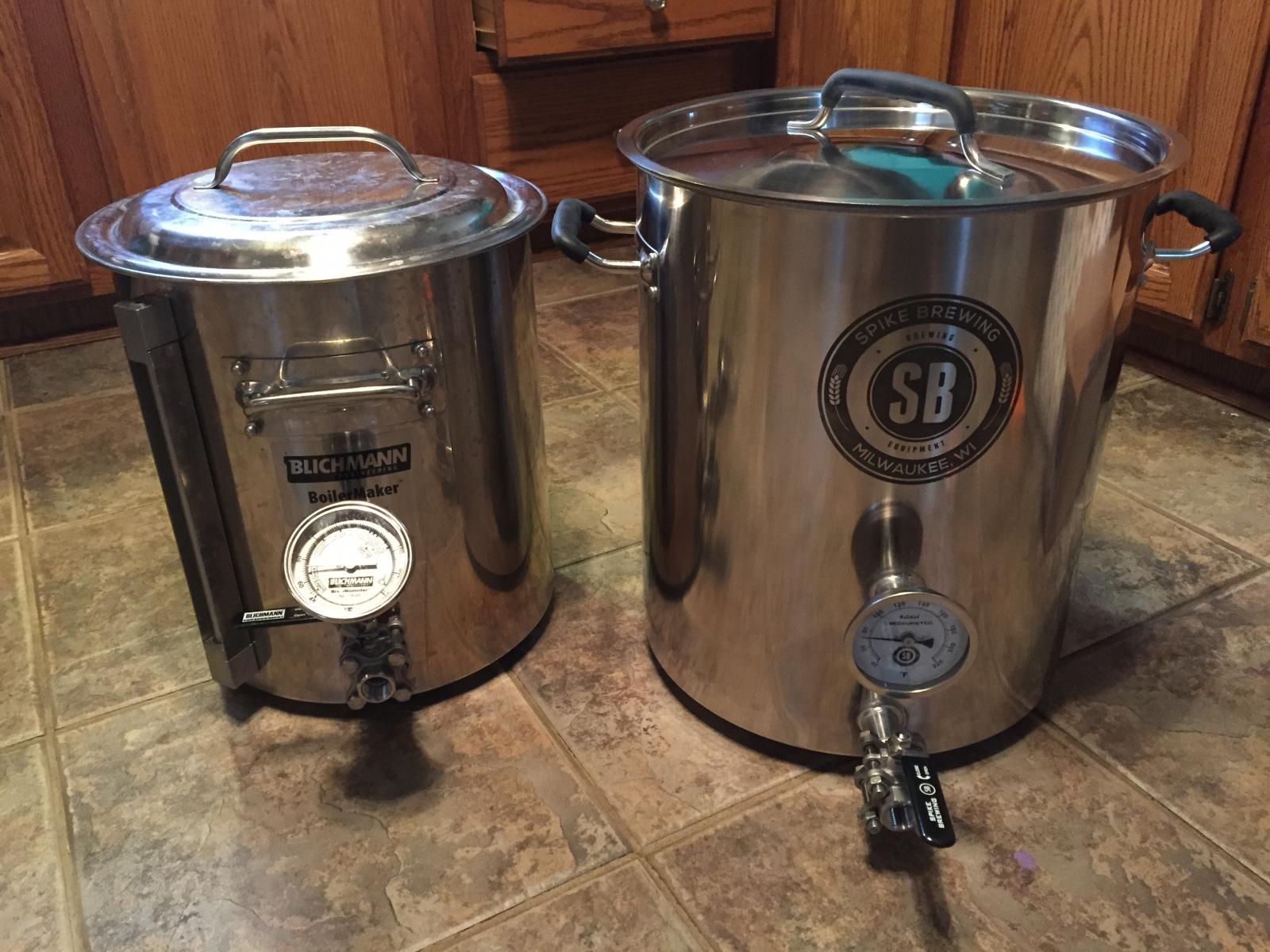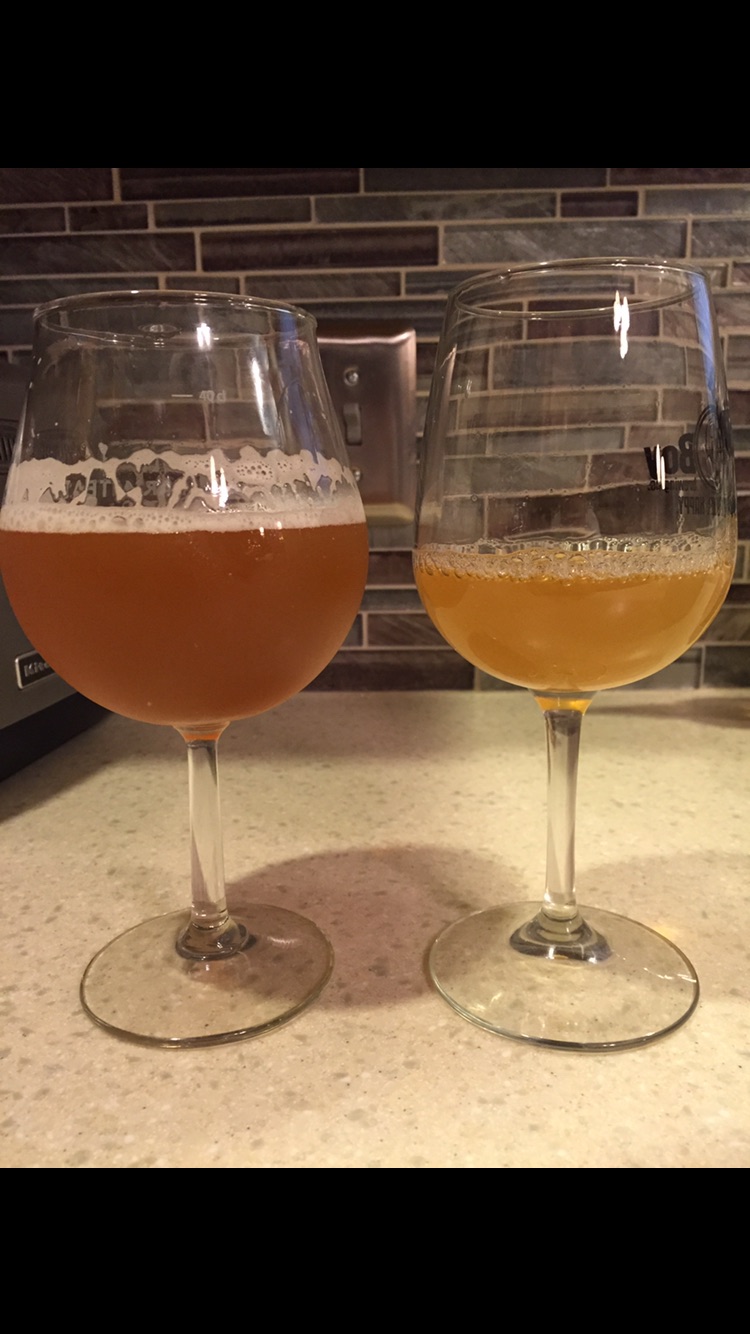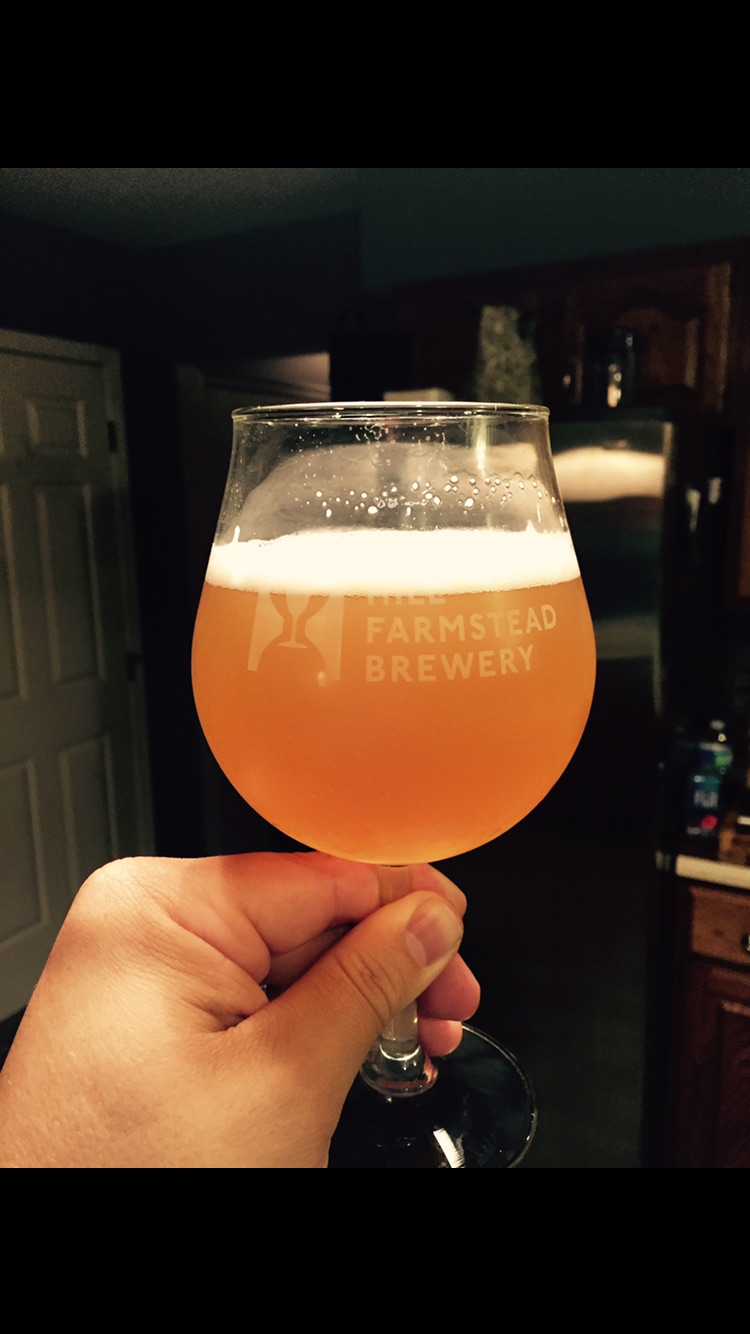So he says... In many many many many words. If this is the case then what is the point of ATC in the first place?
I trust Ajdelange's advice on using a ph meter. He did write the forward for the book Water: A Comprehensive Guide for Brewers by John Palmer and Colin Kaminski and I believe provide advice on that text also.
Below is my take away from reading Ajdelange's sticky and other sources provided in the article http://www.milkthefunk.com/wiki/PH_Meter. ATC provides a small compensation when testing a sample at the temperature the ph meter was calibrated at. So if it was calibrated at 20c and the sample has been cooled to 21c the meter will adjust. Most of these sources state that taking readings in mash temperature wort is bad for the meter and all texts written on beer ph should provide ph readings taken at room temperature.
I know I'm getting wordy here but Ajdelange explains the effects of temperature on ph very simply in this thread: https://www.homebrewtalk.com/showthread.php?t=518131.
In his 02-27-2015, 01:20 PM reply in the thread above AjDelange says, "Higher temperature implies higher pH so that your 5.25 at mash temp might be about 5.5 at room temp."
I know this picture is dramatic but Kai Troester's experimants in the post http://braukaiser.com/wiki/index.php?title=How_pH_affects_brewing show the effects of ph on beer color:
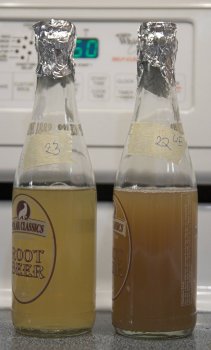


























































![Craft A Brew - Safale S-04 Dry Yeast - Fermentis - English Ale Dry Yeast - For English and American Ales and Hard Apple Ciders - Ingredients for Home Brewing - Beer Making Supplies - [1 Pack]](https://m.media-amazon.com/images/I/41fVGNh6JfL._SL500_.jpg)
